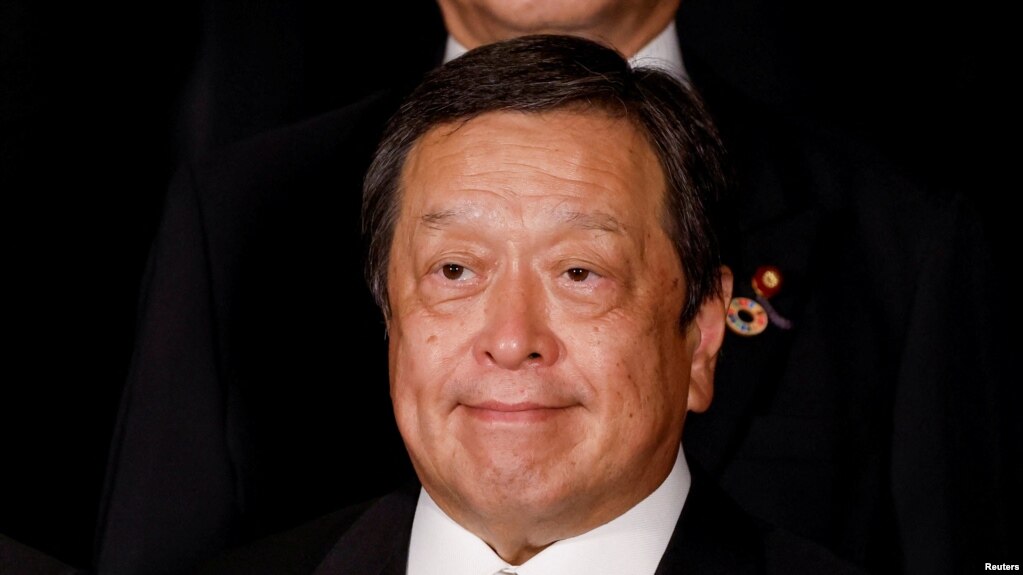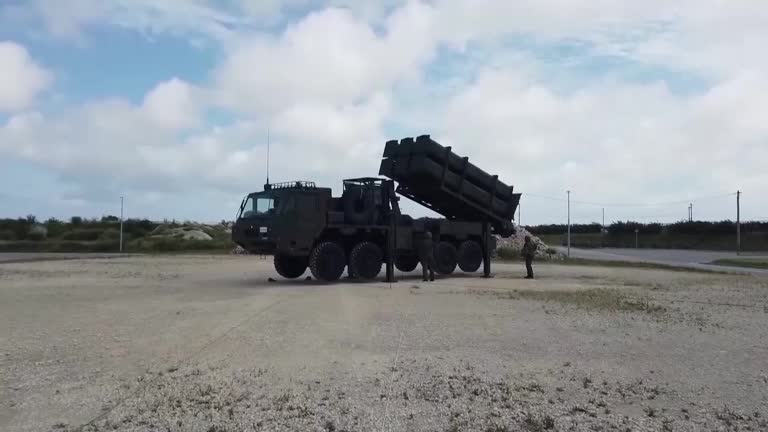
Japanese Defense Minister Yasukazu Hamada referred to the timing of the “counterattack capability” exercise as “when other countries launched an armed attack on Korea.”
According to the Asahi Shimbun on the 21st, Defense Minister Hamada announced at a press conference after the Cabinet meeting the previous day that he would use his counterattack capability to target missile bases in the enemy territory.
The newspaper analyzed, “The Japanese government said it was a ‘counterattack capability’, but expressed its view that it is possible (to exercise counterattack capability) at the stage where the enemy launched (attack on Japan) even if they are not attacked.”
On the 16th, the Japanese government revised three security-related documents, including the national security strategy, and formalized its possession of counterattack capabilities, which is controversial for violating the full defense.
As for the ability to counterattack, it was defined that “it can be exercised as a necessary self-defense measure” in the event of an armed attack on Korea and an attack by a ballistic missile as a means.”
Defense Minister Hamada claimed, “When another country launches an armed attack on our country, it can exercise its right to self-defense without waiting for it to be more realistically damaged than when an armed attack occurs.”

In response, the newspaper pointed out, “If the opponent makes a mistake in judging that he has launched an attack, it may be a preemptive attack, which is a violation of international law.”
Article 9 of the Japanese Constitution, so-called the Peace Constitution, stipulates Japan’s permanent abandonment of war and military use after the defeat of the Pacific War, and its failure to possess military power. The Japanese Constitution stipulates total defense. Therefore, the ability to counterattack to assume a timely hit has the possibility of a violation of the total defense.
However, the Japanese government believes that the ability to counterattack is recognized as a self-defense measure under certain conditions. On the 16th, the security document stated the possession of counterattack capabilities. He defined it as a “minimum self-defense measure” in the security document and stressed that the idea of full defense remains unchanged. The U.S. and Japan said they would work together to deal with it.
It is promoting the development and mass production of a domestic “12-type surface-to-ship guided missile” and the purchase of Tomahawk missiles in the U.S. as stand-off missiles that can be attacked outside the enemy’s range to exercise counterattack capabilities.
EJ SONG
ASIA JOURNAL



